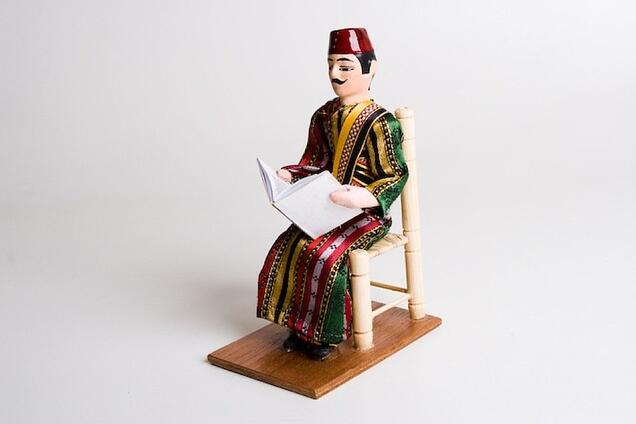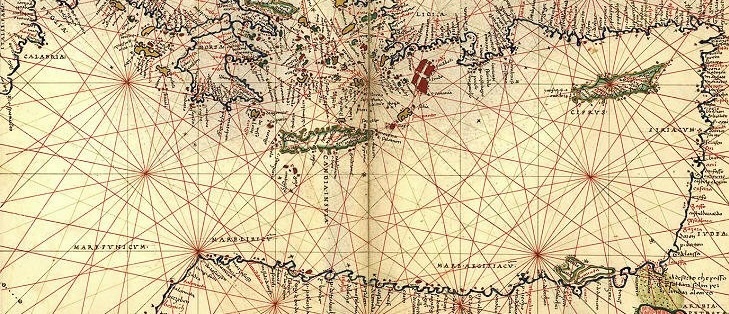The Thread of the Levant
Story telling has been a common feature of Levantine society since time immemorial, and what’s more, these Hakawatis around still very much around.
 Hakawati Figurine, Syria
Hakawati Figurine, Syria
Saba Ramadan Greeting 2015 from Saba Consultants Vimeo
At the center of each story was a hero or heroine who typically would overcome great adversity powered by such impressive virtues as courage, generosity, and perseverance. A role model to all!
Hakawatis were often pressured to deliver a story in a single setting, yet the most hardened ones would spin their tales over several nights. It is said that in Aleppo in the eighteenth century, the great Hakawati Ahmad al-Saidawi told the story of King Baybars over three hundred and seventy-two evenings, and had to bring it to a conclusion only after the Ottoman governor begged him to finish.
Today, the stories told by Hakawatis are still passed from generation to generation in the Levant, where the flat screens of televisions and computers do not replace the geniality of live interaction. Grandparents and school teachers still narrate to children the epics of Antar and Abla, the Princess of High Resolve, and Layla and Majnun, to name a few. While these tales have historic events at their base, they have been re-imagined and enriched by a long lineage of inventive Hakawatis. Their stories live with us to this day, and still shape our culture and collective memory.

Historic Map of the Levant